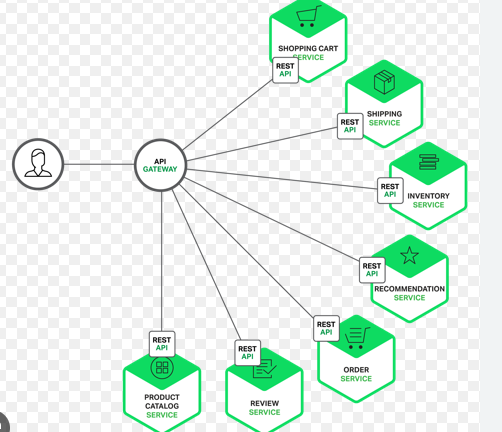POD Troubleshooting Tactics
- RNREDDY

- Sep 10
- 2 min read

Kubernetes POD Troubleshooting Tactics
There’s a joke in the industry:
Debugged failed pods for 8 hours - No luck.
A random restart the next morning - all set!
If you’ve been there, you know the frustration.
But instead of hoping for a miraculous restart, here’s a structured way to troubleshoot Kubernetes pods effectively.

1. Check Logs
kubectl logs <pod_name>
If your pod has multiple containers, specify one:
kubectl logs <pod_name> -c <container_name>
2. Analyze Pod Status
kubectl get pod <pod_name>
Look at the STATUS column.
If it shows CrashLoopBackOff, ImagePullBackOff, or ErrImagePull, you have clear hints on what to check next.
3. Describe Pod
kubectl describe pod <pod_name>
Look for warning events, scheduling failures, and container state details.
4. Verify Pod Configuration
A misconfigured pod can cause all sorts of issues. Review its YAML configuration.
kubectl get pod <pod_name> -o yaml
Check environment variables, resource limits, image versions, and volumes.
5. Check Events
Kubernetes events provide historical context on failures.
kubectl get events --sort-by=.metadata.creationTimestamp
Pay attention to events like FailedScheduling, ImagePullBackOff, or OOMKilled
6. Validate Container Images
Ensure your container images are correct and available:
Check if the image tag exists.
kubectl get pod <pod_name> -o jsonpath='{.spec.containers[*].image}'
Try pulling the image manually.
docker pull <image_name>
7. Restart Pod
Sometimes, instead of deleting the pod, restarting the deployment helps.
kubectl rollout restart deployment/<deployment_name>
8. Review Service Dependencies
Pods may fail if dependent services are unavailable. Check the relevant services.
kubectl get svc
Ensure services are resolving correctly.
nslookup <service_name>
9. Check Network Connectivity
If your pod can’t communicate with another service, test connectivity.
kubectl exec -it <pod_name> -- sh
ping <target_host>
curl <target_url>
10. Inspect Resource Usage
If your pod is OOMKilled or throttled, check resource usage.
kubectl top pod <pod_name>
Compare with defined limits.
Following this structured approach, you save time, avoid frustration, and debug with confidence!



Comments